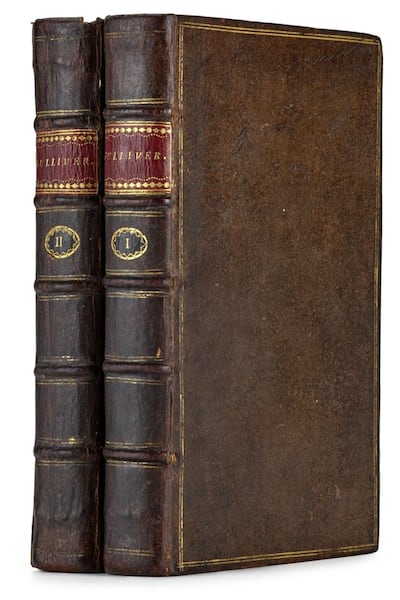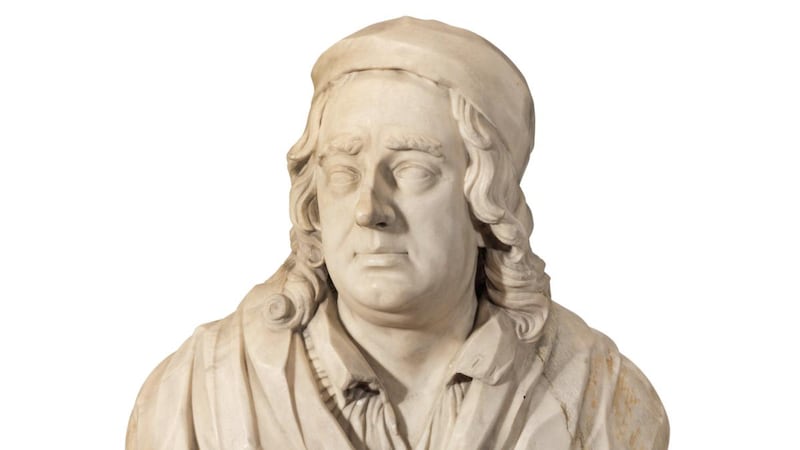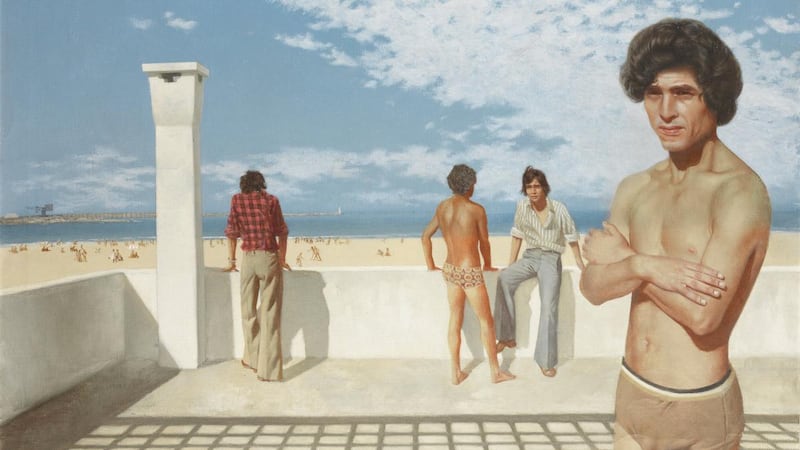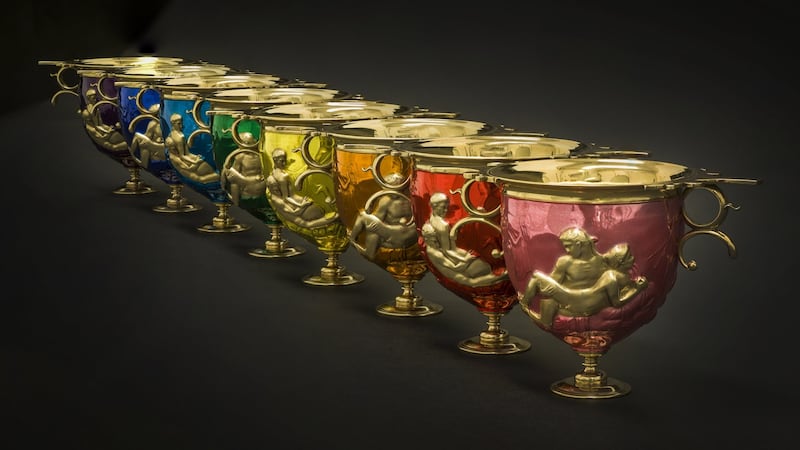On February 18th this year, cheers erupted around the world while viewers watched Nasa's Perseverance robot land on Mars. It was the 10th-ever landing on the red planet, which began with the Soviet Union in 1971. Though located 300 million miles and a seven-month journey from earth, the planet has an interesting Irish link.
One of the planets' moons – Deimos – has an abyss called Swift Crater, in memory of the ramblings of Lemuel Gulliver, the pseudonym used by Jonathan Swift in his 1726 masterpiece, Gulliver's Travels. The noted Irish satirist and poet, who became dean of Saint Patrick's Cathedral in Dublin, wrote the bulk of the tome at Woodbrook House in Co Laois. In his withering dissection of human folly he asserted that Mars had two moons, a fact that was not proven until 150 years later.

In recognition Swift, though then long interred in St Patrick’s Cathedral, was forever immortalised. He will also be remembered for his eccentric wit, suggesting in A Modest Proposal that unwanted children of the Irish poor might be used as delicious meals for the rich.
A first edition of Swift’s novel Gulliver’s Travels will feature in Bonham’s Fine Books and Manuscripts sale in New York on Thursday June 17th. Almost three centuries old, the book that ridiculed Swift’s many bete noires, and dealt a sideswipe at the contemporary fashion for travel writing, still carries a satirical punch today. When first published, printing could not keep up with demand, but it has never been out of print since. It was recently voted by the Guardian newspaper as the third most popular novel of all time.
Described in the catalogue as “an exceptionally fine copy” and “rarely seen in a contemporary binding”, the must-read novel of 1726 is listed with an $80,000-$120,000 (€65,400-€98,160) estimate.

A sculpted white marble bust of Swift will feature in another Bonham's sale: Fine Decorative Arts, in London on June 23rd. The piece is attributed to Irish sculptor John Houghton and once belonged to a descendant of the writer. Houghton is described in A Dictionary of Irish Artists as "a clever artist" who created the carved oak frame for Bindon's portrait of Swift in the Deanery House, St Patrick's, which is now in the permanent collection of the National Portrait Gallery in London (£8,000-£12,000/€9,265-€13,898).
Male form in art
On Wednesday June 16th, Bonham's will hold what it calls "the first-ever sale by an international auction house dedicated exclusively to a celebration of the male form in art". Spanning centuries and genres, from antiquities and old master paintings to sculpture, decorative arts and photography, the sale lists two paintings by the Irish artist Patrick Hennessy.
While his first-ever Irish exhibition was opened by his peer Mainie Jellett, he was criticised and seen as an outsider. At that time people were persecuted for their sexual orientation, and his works contained many narratives of homosexual life. His paintings were often described as "surreal" – perhaps to avoid addressing their actual content – and the artist was neglected by many critics. Bruce Arnold described his exhibition at the Hendrix Gallery in the 1970s as "full of rather stupid pictures of young men standing around on beaches in their underpants", yet Time magazine had selected him as one of Ireland's most outstanding painters since 1947, and he was celebrated in the US and Britain.


Atlas Beach (£5,000-£7,000/€5,791-€8,107) depicts the terrace of the well-known gay hostelry, The Charles Atlas Beach Bar, which overlooks Tangier City Beach in Morocco where the artist lived. The model featured to the right of the composition was also painted by Hennessy in Kassim by the Sea. His second painting in the sale is Bound Figure (£2,000-£3,000/€2,300-€3,500) which is stylistically similar to his apocalyptic Exiles that hangs in the Hugh Lane Gallery.
The top lot in the sale, along with a Roman marble figure of Eros (£80,000-£100,000/ €90,265-€115,960) is a set of eight Pride Cups by Hal Messel listed at £180,000-£220,000/€208,735-€255,121). First unveiled in 2019, the cups represent more than a year's work by the silversmith, who reimagined the explicit scenes of homosexual lovemaking from the Warren Cup. The original Roman cup, which has been on display at the British Museum since 1999, is more than 2,000 years old and is named after noted art collector Edward Perry Warren. It was the most expensive single purchase by the British Museum and dates from the 1st century. Using a unique model, commissioned by a previous owner, Messel selected two scenes which he rendered on each of the eight differently coloured Pride Cups, which represent the colours of the rainbow flag.
“Just as the Warren Cup offers unprecedented insight into the sexual mores of the ancient world, so Messel’s Pride Cup speak to the importance of diversity today,” says the auction house.













